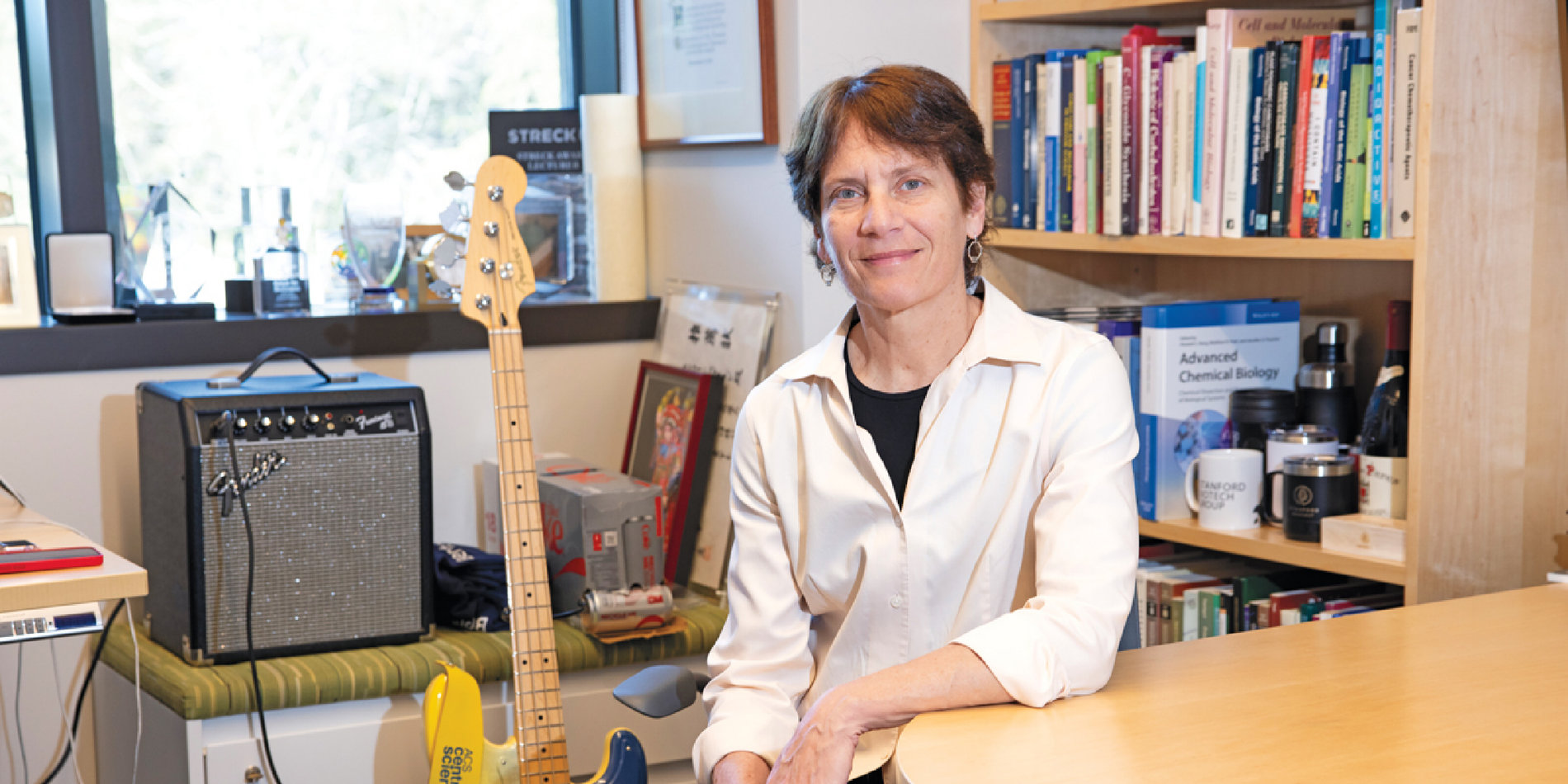Postdoc retreat highlights next generation of independent researchers at chemistry-biology interface
Stanford ChEM-H held its fifth annual Postdoc Retreat from May 12 to May 14 in Rohnert Park, Sonoma County. Central to the Stanford ChEM-H mission is training the next generation of physician-scientists who work at the intersection of chemistry, engineering and medicine to solve the biggest problems in human health. The event is designed to provide postdoctoral trainees the opportunity to present their work to an expert audience, chair scientific sections, and develop possible cross-discipline collaborations.

Each year the ChEM-H postdoc retreat is organized by ChEM-H faculty fellow Matthew Bogyo, professor of pathology and of microbiology and immunology, who advocates for the value of forming close connections among postdocs. "Some of the most interesting research directions and collaborations in my own lab have come from interactions among postdocs," Bogyo said. "It's a great opportunity to present to and get feedback from people outside your area of expertise."
25 postdocs attended the retreat this year, along with faculty members and industry guests. Each postdoc presented a research talk on topics including biochemistry, immunology, oncology and neuroscience.
The Best Presentation Award was given to Yinnian Feng, a postdoc in the lab of Stanford ChEM-H Institute Scholar Polly Fordyce. Feng’s research focuses on understanding how the immune system differentiates between healthy and infected cells in diseases like cancer. In seeking that understanding, researchers have primarily focused on chemical interactions between patrolling immune cells, known as T cells, and another class of immune cells that seek out cancerous cells and tell T cells to attack. But in Feng’s graduate work, he found that it’s not just the chemical interactions but also the physical forces between the cell types that determine the strength of the immune response. Feng is now developing a way to replicate the cellular environment to rapidly assess which of the receptor-APC interactions are most important for T cell activation.
“The showcasing of the breadth and depth of science in ChEM-H-affiliated labs was quite remarkable,” said Laura Dassama, Institute Scholar at Stanford ChEM-H and an assistant professor of chemistry.
The program also included presentations from Eric Appel, an assistant professor of materials science and engineering, on preparing for academic interviews; Chaitan Khosla, Baker Family co-director of ChEM-H, on the faculty hiring process from the faculty search committee perspective; and Laura Dassama, on the transition from mentored to independent research, among others.
“Aside from getting to hear about a lot of amazing research going on in Stanford ChEM-H, I was able to connect with faculty from other departments” said Dr. Timothy Blake, a postdoc in the labs of Robert Waymouth and Ron Levy. “They gave me great advice on both my current research and my career going forward.”



